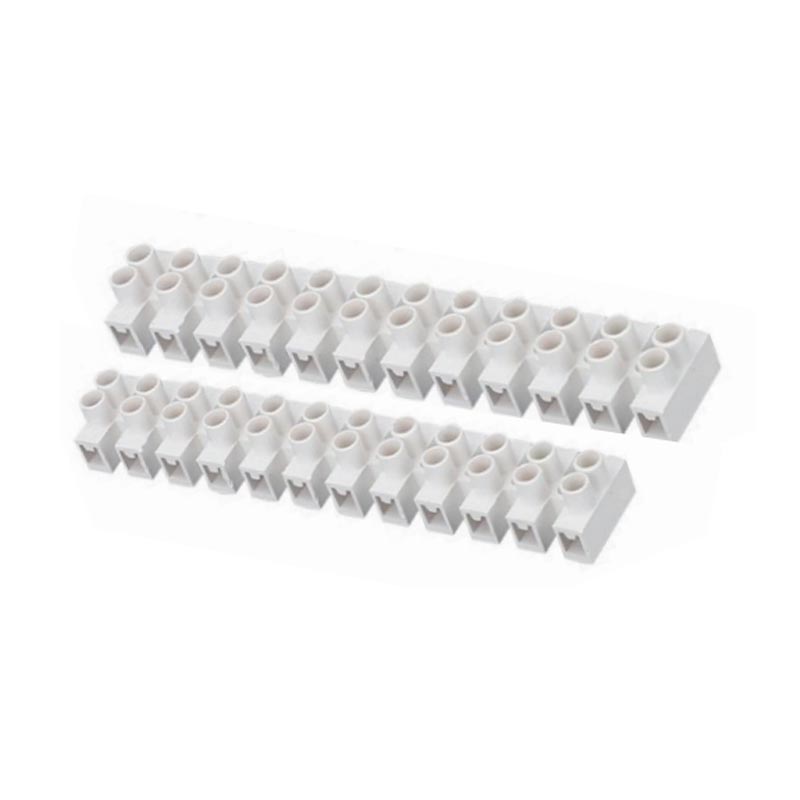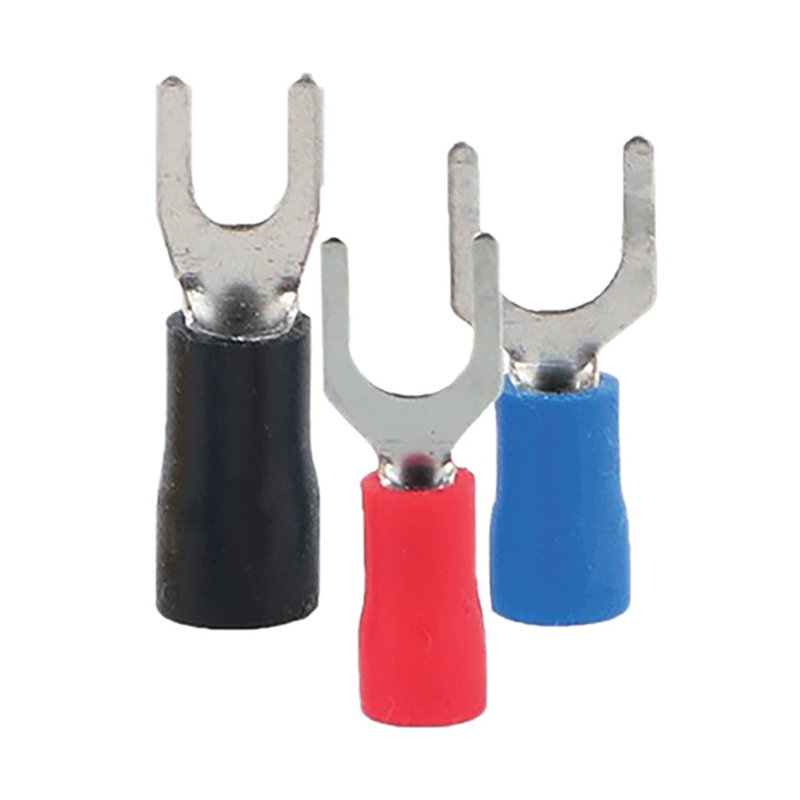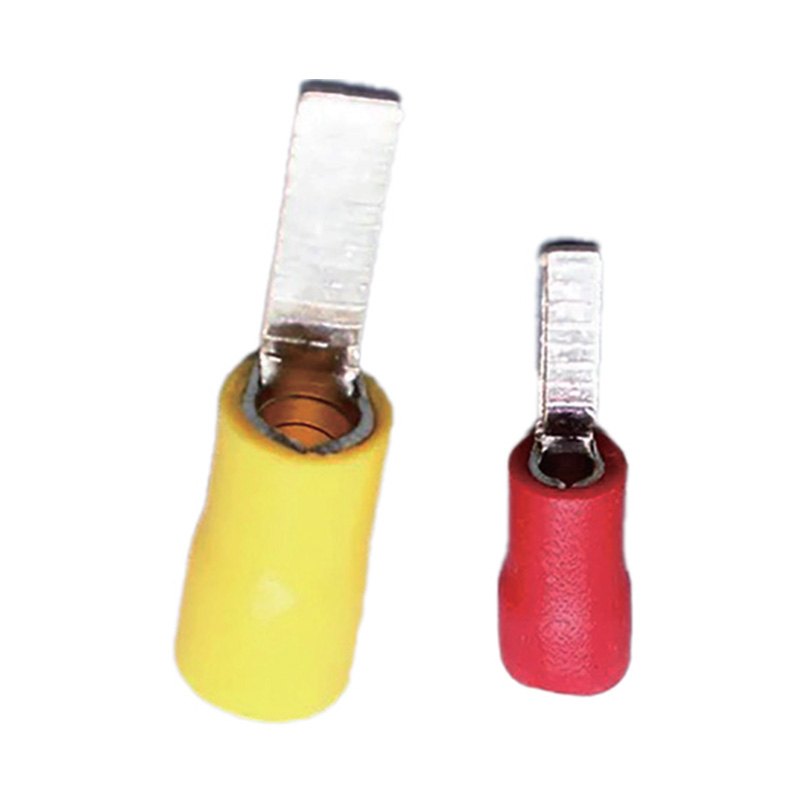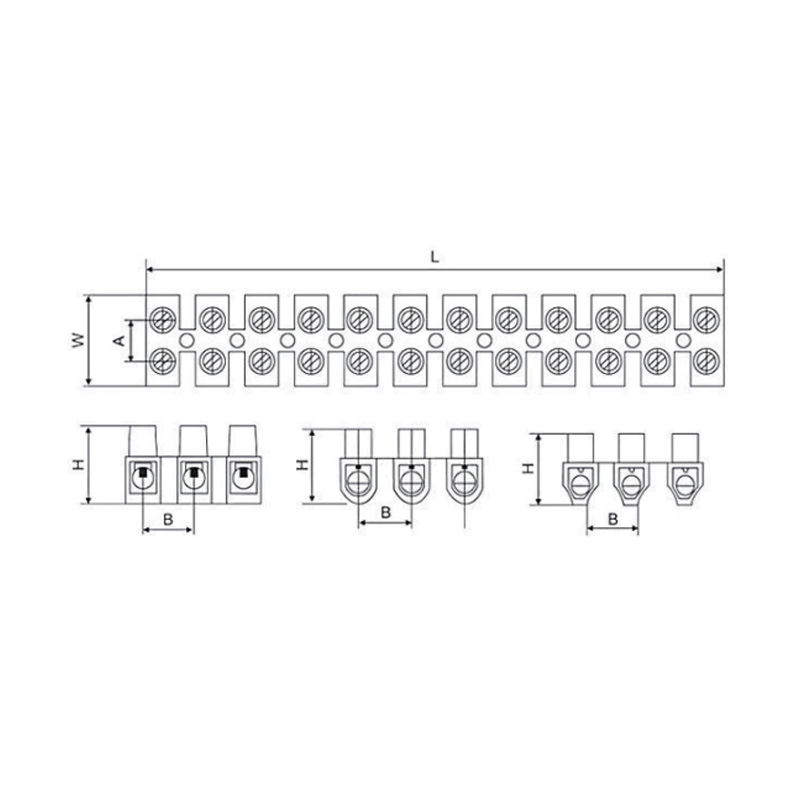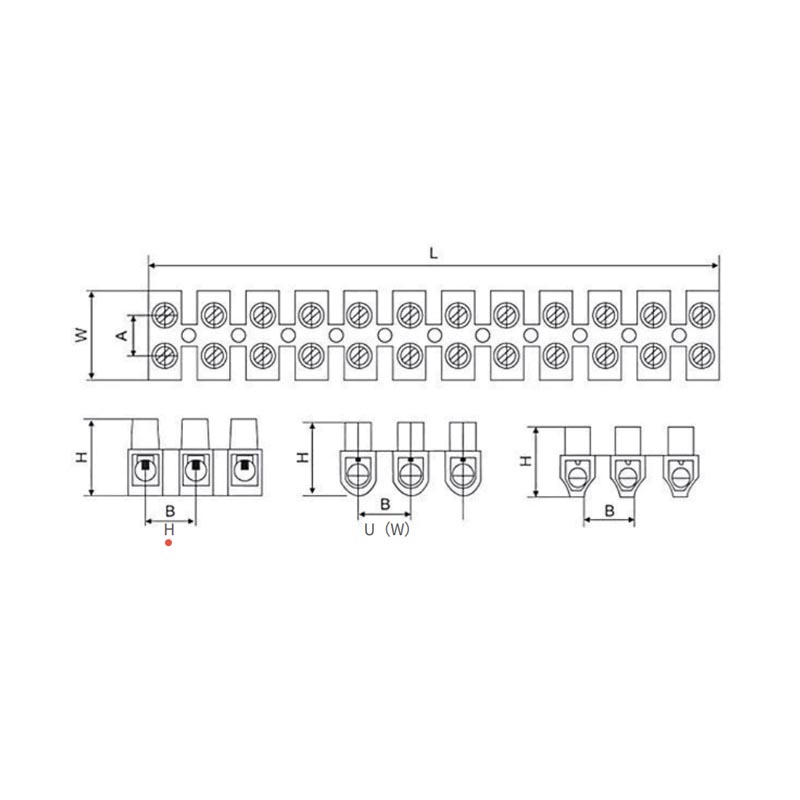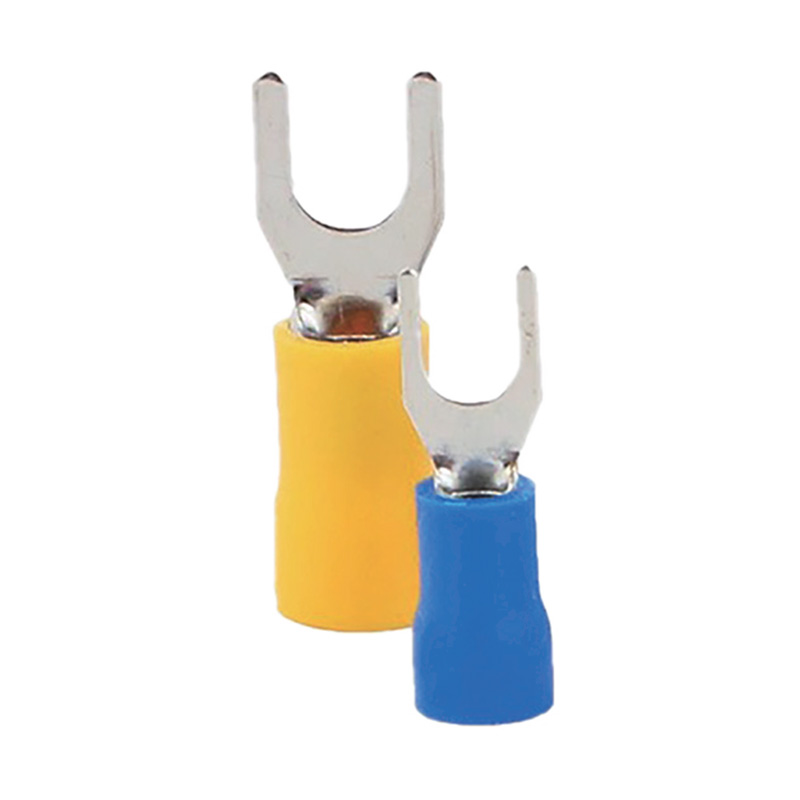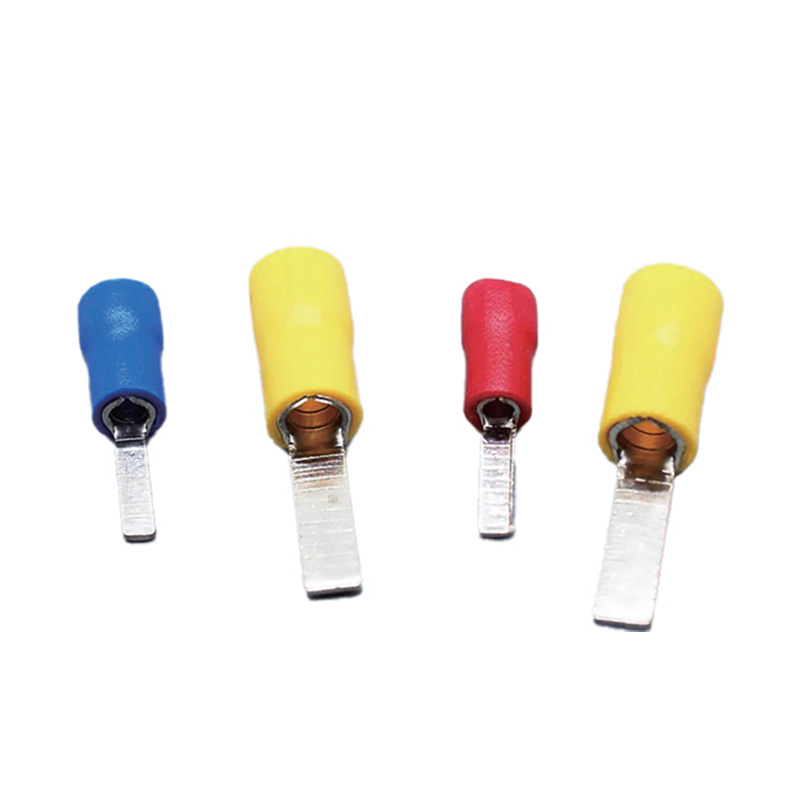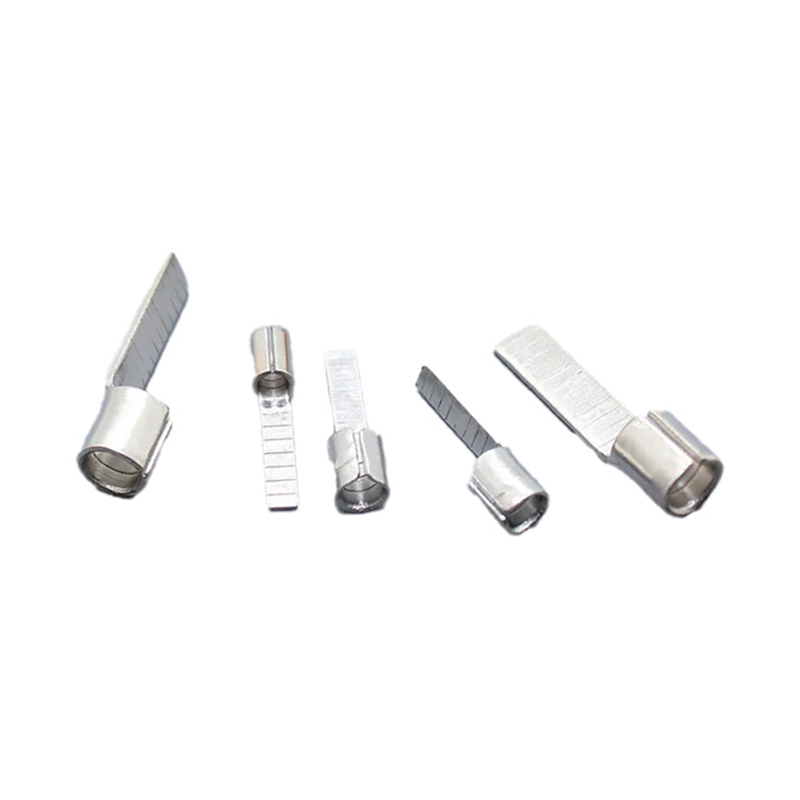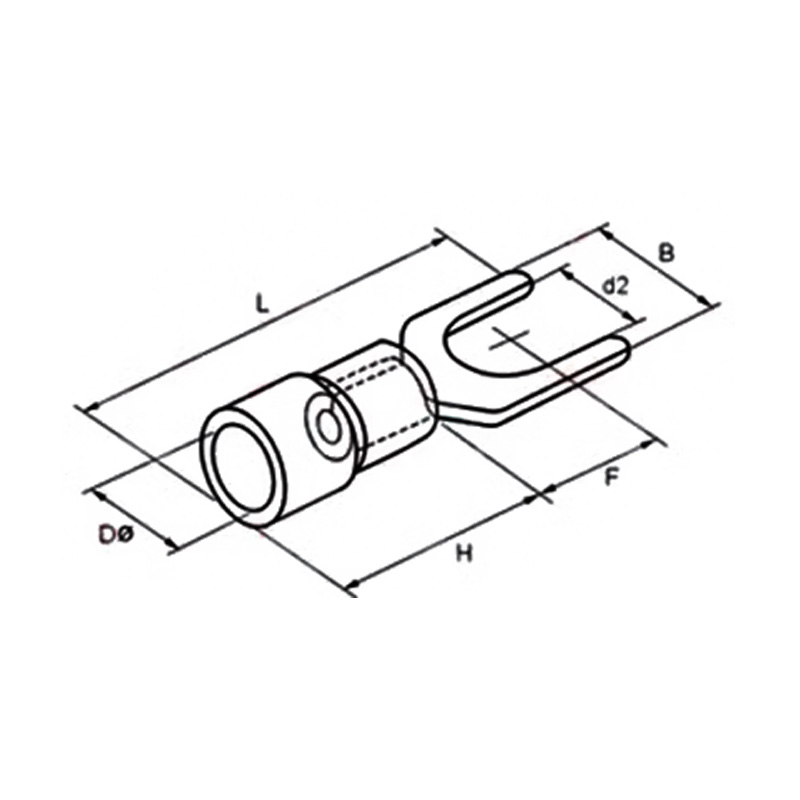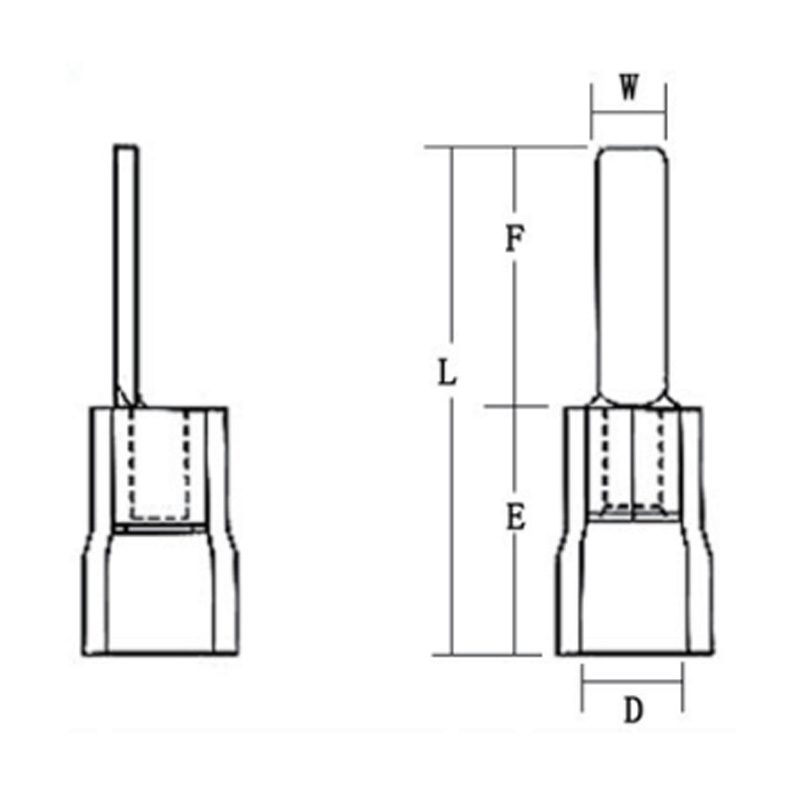Understanding and selecting the correct IP rating is essential when choosing a Waterproof Junction Box or Waterproof Distribution Box. It ensures safety, reliability, and long-term...
READ MORE-
-
Outdoor electrical installations face unique challenges that require specialized components to ensure their reliability and safety. Among the more important components are metal ca...
READ MORE -
Durability is a key factor when designing and maintaining electrical systems. With so many environmental challenges that electrical installations face—such as excessive temperature...
READ MORE -
Safety compliance is not just about adhering to regulations; it’s about protecting people, equipment, and infrastructure from the risks of electrical hazards. Electrical fires, sho...
READ MORE
Industry Knowledge Extension
What Are the Differences Between Insulated Spade Terminals and Insulated Blade Terminals?
Insulated terminals are widely used in electrical wiring to ensure secure connections and provide protection against accidental contact. Among them, insulated spade terminals and insulated blade terminals are common types. While both serve similar purposes, there are key differences in their design, application, and advantages.
Insulated Spade Terminals
Features:
Shaped like a “U” or spade, allowing it to slide under a screw or bolt without completely removing the fastener.
Covered with a colored insulating sleeve made of PVC or nylon to prevent electrical shocks.
Available in various sizes to accommodate different wire gauges, typically ranging from 22 AWG to 10 AWG.
Advantages:
Ease of Installation: The open-ended design allows for quick attachment to screws or terminals without fully disassembling connections.
Secure Connection: Once fastened, the spade shape ensures stable contact and reduces the risk of loosening due to vibration.
Versatile Applications: Commonly used in automotive wiring, household electrical projects, and control panels for quick, reliable connections.
Insulated Blade Terminals
Features:
Flat, blade-shaped connector that slides directly into a matching female receptacle, forming a quick-disconnect system.
Equipped with an insulating sleeve similar to spade terminals to prevent accidental contact.
Standard sizes are designed to match female connectors, typically ranging from 2.8 mm to 6.3 mm blade widths.
Advantages:
Quick Disconnect: Blade terminals can be easily inserted and removed without tools, making them ideal for applications that require frequent connections or maintenance.
Consistent Contact: The blade and receptacle design ensures reliable electrical contact and minimizes resistance.
Wide Use Cases: Often used in appliances, automotive harnesses, and industrial control equipment for modular wiring systems.
While spade terminals excel at connections secured by screws or bolts, blade terminals are optimized for quick-disconnect systems. Choosing between the two depends on the type of equipment, installation method, and maintenance requirements.
What Are the Precautions for Using Insulated Spade Connectors?
Proper use of insulated spade connectors is crucial to ensure safety, durability, and reliable electrical performance. The following three points outline key precautions:
1. Correct Wire Size and Connector Matching
It is important to select a spade connector that matches the wire gauge being used. Using a connector that is too small may cause poor contact and overheating, while a connector that is too large may not securely clamp the wire. Always check the size indicated on the connector sleeve and ensure compatibility with the wire.
2. Proper Crimping Technique
Spade connectors must be securely crimped to ensure a stable electrical connection. Use the correct crimping tool for insulated terminals and apply consistent pressure. Improper crimping can loose connections, increased resistance, and potential electrical hazards. After crimping, gently tug the wire to verify that it is firmly secured.
3. Insulation Integrity and Environmental Considerations
The insulating sleeve must remain intact to prevent accidental contact and short circuits. Avoid damaging the insulation during installation, bending, or stripping wires. Additionally, consider environmental factors such as moisture, vibration, or exposure to chemicals. For demanding conditions, choose connectors with enhanced insulation or protective coatings to maintain performance and safety.
By following these precautions—correct sizing, proper crimping, and maintaining insulation integrity—users can maximize the safety and effectiveness of insulated spade connectors in a wide range of applications.


 English
English 中文简体
中文简体 Español
Español عربى
عربى



